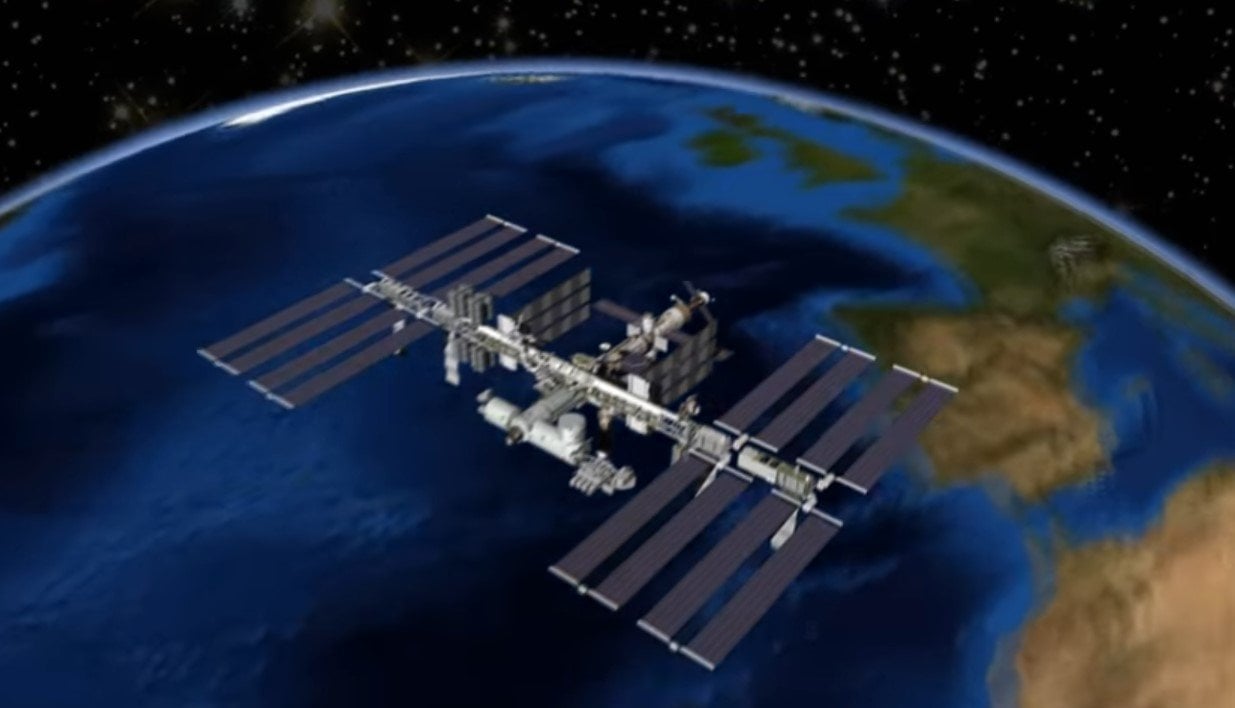The NASA Carbon Monitoring plan has been shut down due to a recent controversial move from the Trump administration.
The NASA Carbon Monitoring plan was responsible for compiling data from around the world through satellite and aircraft measurements of CO2 and methane emission across the Earth. This data was instrumental in informing our scientific community about the exact impact of carbon emissions, and there is currently no suitable replacement after the Trump administration axed it.
While the removal of the NASA Carbon Monitoring plan definitely has a marked effect on residents of the United States, the effects of the shuttering will be felt around the world as it becomes much harder for nations to verify whether quotas are being met according to the Paris climate accords. At this point, every nation on Earth except for the United States is part of the accords.
In an interview with Science, Kelly Sims Gallagher, the director of Tufts University’s Center for International Environment and Research Policy, stated that if emissions aren’t being measured there will be no real way to hold nations accountable to the promises made in the Paris climate accord.
NASA also told Science that grants like the NASA Carbon Monitoring plan will be allowed to finish, but that no new research will be taking its place. The fact that the current projects will be allowed to be wrapped up is good news, but the fact that no other programs will be stepping up to take the place of this crucial contribution to scientific knowledge is definitely a disappointment for scientists and governments around the world.
The cuts to the NASA Carbon Monitoring plan come as part of proposed budget cuts to NASA’s earth science programs that are focused on climate change. While NASA is widely known for their research into outer space, many don’t realize the crucial part they play in monitoring our own planet as well. By cutting the climate change programs, we may be in for a rude awakening a few years down the line.
The cuts to the NASA Carbon Monitoring plan come at the worst possible time, considering that data from early May showed that the carbon dioxide in the Earth’s atmosphere surpassed the previous monthly average- coming in at 410.31 parts per million.
Measurements taken of the carbon dioxide were from the Scripps CO2 Program and were obtained at the Mauna Loa Observatory in Hawaii. This marks the first time that the monthly average had exceeded the threshold of 410 parts per million – making a 30 percent increase in carbon dioxide concentration.
For much of human history, the carbon dioxide levels hovered at around 200 to 280 ppm. Industrialization made that skyrocket, and things have only gotten worse in the past few years.
The Trump administration’s priorities with the budget may lie elsewhere than with addressing climate change, but it’s clear that this is one of the worst times to cut a program as crucial as the NASA Carbon Monitoring plan. Hopefully other countries can adjust to pick up the slack and ensure the agreements from the climate accords can be monitored and enforced in a way that doesn’t rely on the United States.
Moving forward, governments, businesses, and individuals alike will have to take quick action in order to avoid disastrous consequences. We’ve already seen irreparable damage to our environment, but there’s still a possibility to prevent an eventual global catastrophe – and eliminating climate monitoring programs is probably not the best way to do that.





